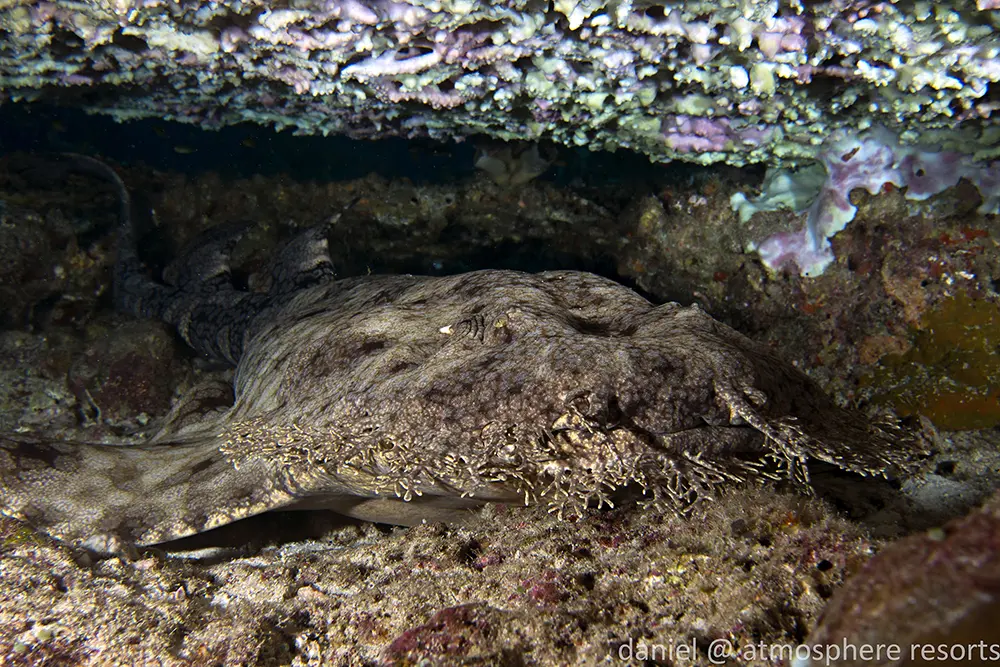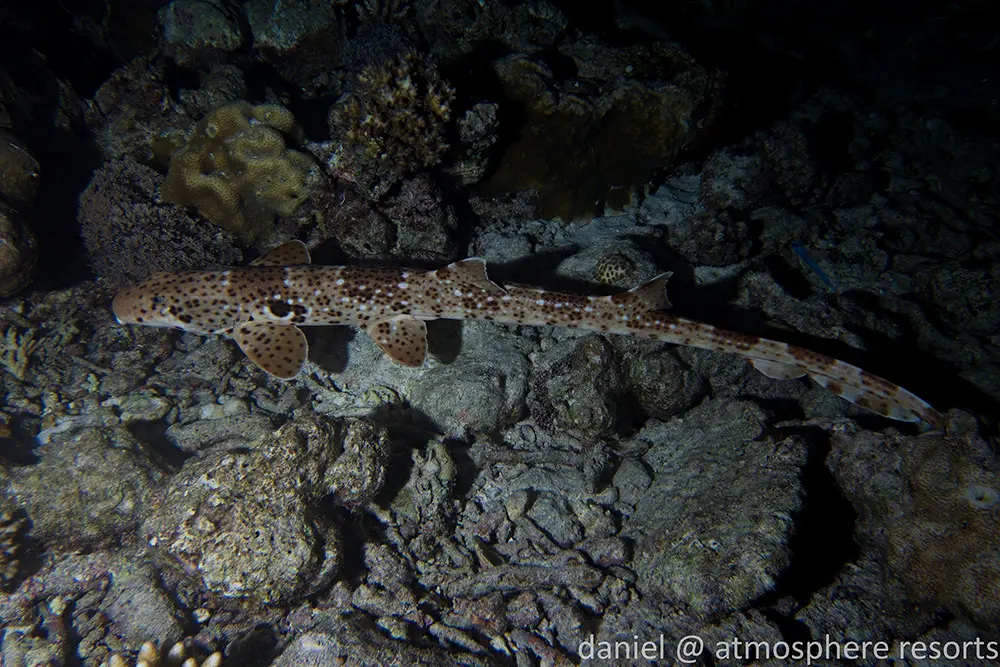With the Atmosphere Resorts & Spa yearly liveaboard trip coming up next week, I thought it would be good to take a look back at our last liveaboard trip on the S/Y Indo Siren to Raja Ampat. Each year, Atmosphere charters one of Worldwide Dive and Sail’s liveaboards to take our guests somewhere different that then the Filipino paradise they are used to. We have been to Palau, to Komodo, to Raja Ampat and now back to Palau again.
Raja Ampat was my first time on a liveaboard and it was amazing. Even though I only saw two frogfish (my all-time favorite critters for those of you who don’t know me), I had some of the best dives of my life and saw some crazy animals that I have been dreaming of photographing. The variety of life in Raja Ampat was insane and so many of the animals were species that aren’t found in Dauin, with some only found in Raja Ampat and nowhere else in the world.

If you go to Raja Ampat, you’re going to see Pygmy seahorses, and you’re probably going to see at least two species, three if you are lucky. They have the Bargibanti and Denise Pygmy Seahorses, including dives where you can see at least ten on one seafan, but there is also the rare Pontohi Pygmy Seahorse which prefers to live on hydroids on coral bommies instead of deep water sea fans. I only saw one Pontohi, but Ulrika saw a few more in all different colors. This was one of my number one critters for the trip and I was happy to get a few great photos.

Pontohi Pygmy Seahorse
One of the highlights of Raja Ampat was towards the end of the trip. I turned a corner around a reef and there were a bunch of Blue Tangs swimming around right in front of me, which are Dory from Finding Nemo. I had never seen one before and completely forgot they can be found there, so I freaked out and took a ton of photos. I’ve only heard of one Blue Tang ever being found here in Dauin, so it was a nice surprise.

Dory in real life
One of the main reasons divers go to at Raja Ampat is to see sharks and rays. We had plenty of shark sightings, almost every single day, including Whitetip and Blacktip Reef Sharks as well as Grey Reef Sharks. We had a beautiful Tawny Nurse Shark on one dive, but the shark highlights were definitely the Wobbegongs that prefer to live completely camouflaged underneath table corals as well as the Raja Epaulette Sharks, also called walking sharks, both on my list of ‘must see’ animals. These Epaulette Sharks actually walk on the seafloor using their fins. They live in very shallow water and mostly come out at night.

Tasselled Wobbegong Shark

Raja Epaulette Shark, the shark that walks on the seafloor
When it comes to ray encounters, these were probably the best dives of the trip. I was lucky on the last day and saw two Spotted Eagle Rays swim by, but the real rockstars are the Manta Rays. There are a few incredible cleaning stations at Raja Ampat and this is where the dives of a lifetime occur. There was one dive where Ulrika and her group went to a deeper cleaning station while my group stayed at a shallow one and both of us had mantas the entire dive. We were lucky to encounter a few black mantas as well, including one that drifted over to me in the current and decided to station itself directly above my body. This was probably the best moment of the trip for me.

The black manta hovered above me and was so close I couldn’t fit it in the frame
There is so much more to see at Raja Ampat than the encounters I have listed. The reefs are absolutely incredible. The schools of fish can be massive and are commonly referred to as “fish soup.” If you go in the right season you can see Mobula Rays hunting giant schools of small fish. There’s even macro opportunities like octopus, nudibranches, gobies and blennies, and a good number of shrimps and crabs. If you ever get the chance, go to Raja Ampat. It’s an incredible place to dive and you will not be disappointed.

All our three Siren liveaboard trips so far have been spectacular and we have high expectations for next week in Palau, as well as for next year when we board the S/Y Philippine Siren for a week in Tubbataha National Park. See you there!
Your Marine Biologist /Daniel Geary







